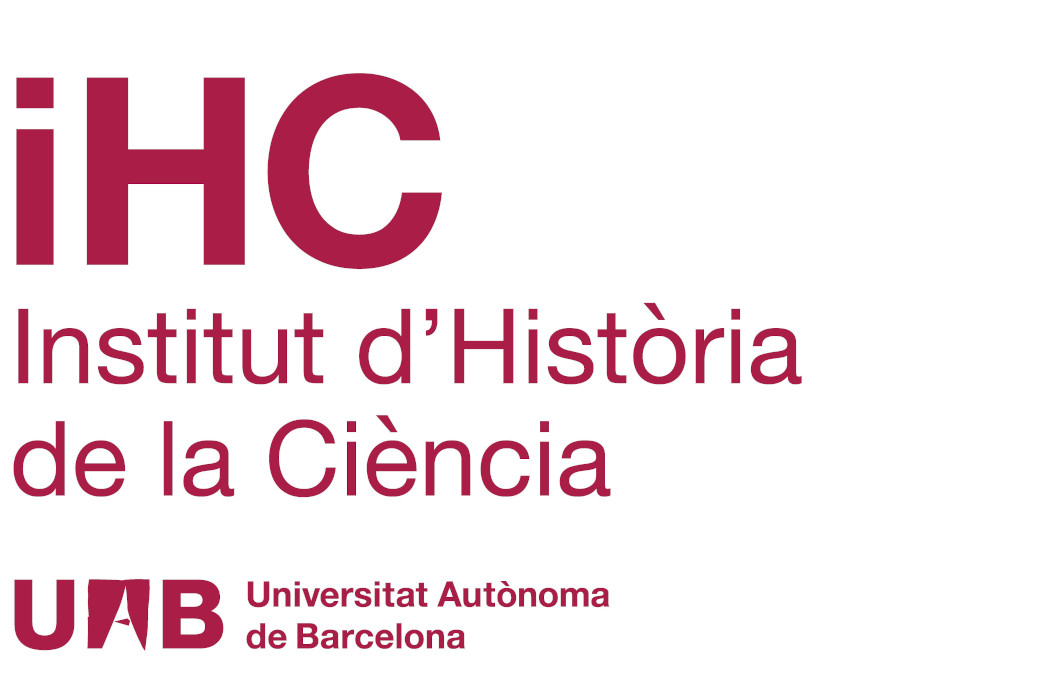Mirjam Brusius, conferències d'inauguració de curs
La Dra. Mirjam Brusius (German Historical Institute, Londres), impartirà dues conferències a la UAB els propers 6 i 7 d’octubre, a les 12.00 h. Són les conferències d’inauguració de curs del grau en Ciència, Tecnologia i Humanitats (UAB-UAM-UC3M) i el màster en Història de la Ciència: Ciència, Història i Societat (UAB-UB).
Mirjam Brusius és una historiadora cultural que treballa en l’àmbit de la història dels museus, l’arqueologia i el treball de camp en contextos imperials; el patrimoni cultural i les pràctiques de conservació i restitució; i la història de la fotografia i la ciència colonial. Experta en la circulació d’objectes i imatges entre Europa, l’Orient Mitjà i l’Índia, ha estudiat el moviment d’artefactes de l’Antiguitat dins el context indígena de l’Imperi Otomà i Pèrsia; les jerarquies racials dels museus occidentals; i les trajectòries de les tecnologies fotogràfiques entre Europa i el món islàmic. Els seus projectes eixamplen el camp de la museografia i els estudis patrimonials incorporant-hi la història global i colonial, les “biografies d’objectes”, i els estudis socials i culturals de la ciència i la tecnologia (STS, Science and Technology Studies). Formada en Història de l’Art, Estudis culturals i Musicologia a la Universitat Humboldt de Berlin i la Universitat Sorbonne Nouvelle, París, es doctorà en Història i Filosofia de la Ciència a la Universitat de Cambridge. Ha estat investigadora postdoctoral, entre d’altres institucions, a l’Institut Max-Planck d’Història de la Ciència de Berlin, el Mahindra Humanities Center de la Universitat de Harvard, i a la Universitat d’Oxford. La seva recerca ha estat reconeguda amb diversos premis i distincions: Jacob Bronowski Award Lecture for Science and the Arts, British Science Association; Maurice Daumas Prize of the International Committee for the History of Technology for best article on the History of Technology 2018: ‘Photography’s Fits and Starts’, History of Photography, 40/3 (2016); Aby Warburg Prize for Early Career Researchers; i, aquest any, amb el Dan David Prize, el premi d’Història més gran del món. Entre les seves publicacions hi ha The Absence of Photography. William Henry Fox Talbot, Empire, Science, and the Antique (en premsa, The University of Chicago Press); Museum Storage and Meaning: Tales from the Crypt (with K. Singh, eds. London, 2018); William Henry Fox Talbot: Beyond Photography (with K. Dean and C. Ramalingam, eds. New Haven/London, 2013). És també una de les promotores del projecte 100 Histories of 100 Worlds in 1 Object.

Inauguració curs 2022/23 màster en Història de la Ciència: Ciència, Història i Societat (UAB-UB)
06/10 12.00h Institut d’Història de la Ciència
Mirjam Brusius: Decanonizing Talbot
Approaching imperial nineteenth-century inventors and explorers in the twenty-first century
William Henry Fox Talbot (1800–1877) is remembered primarily as one of the inventors of photography. His figure encapsulates intriguing tensions between the past and the future in nineteenth-century art, science, and society at the height of the British Empire. Talbot supported the abolitionist movement, did not own plantations in the West Indies, and never actually travelled to the colonies of the British Empire, unlike so many others of his time and status. Yet it is impossible to detach him and his invention from the political, cultural, and economic imperialist environment and systems of exploitation that enabled his career, and photographic legacies. This talk serves as a case study for the question of how historians of science can adequately approach such ambiguous historical inventors, explorers, and other renowned contemporaries in research today.
Inauguració curs 2022/23 grau en Ciència, Tecnologia i Humanitats (UAB-UAM-UC3M)
07/10 12.00h Auditori de la UAB (al costat de la Facultat de Filosofia i Lletres)
Mirjam Brusius: Shelved Knowledge
Deep Storage and the Backstage of Museums in the Age of Repatriation
Western Museums put only a fraction of their collections – sometimes as little as 2% – on display. In the age of repatriation, turning attention to the vast reserve collections of artefacts, scientific instruments and objects, botanical specimens and human remains of museums can cause a shift in our deeper understanding of the scope and meaning of museum collections from colonial contexts in storage. The talk will explore whether holding on to these unshown collections can be considered symbol of power per se, or also open up opportunities for the question of what museums are and can be in the future.